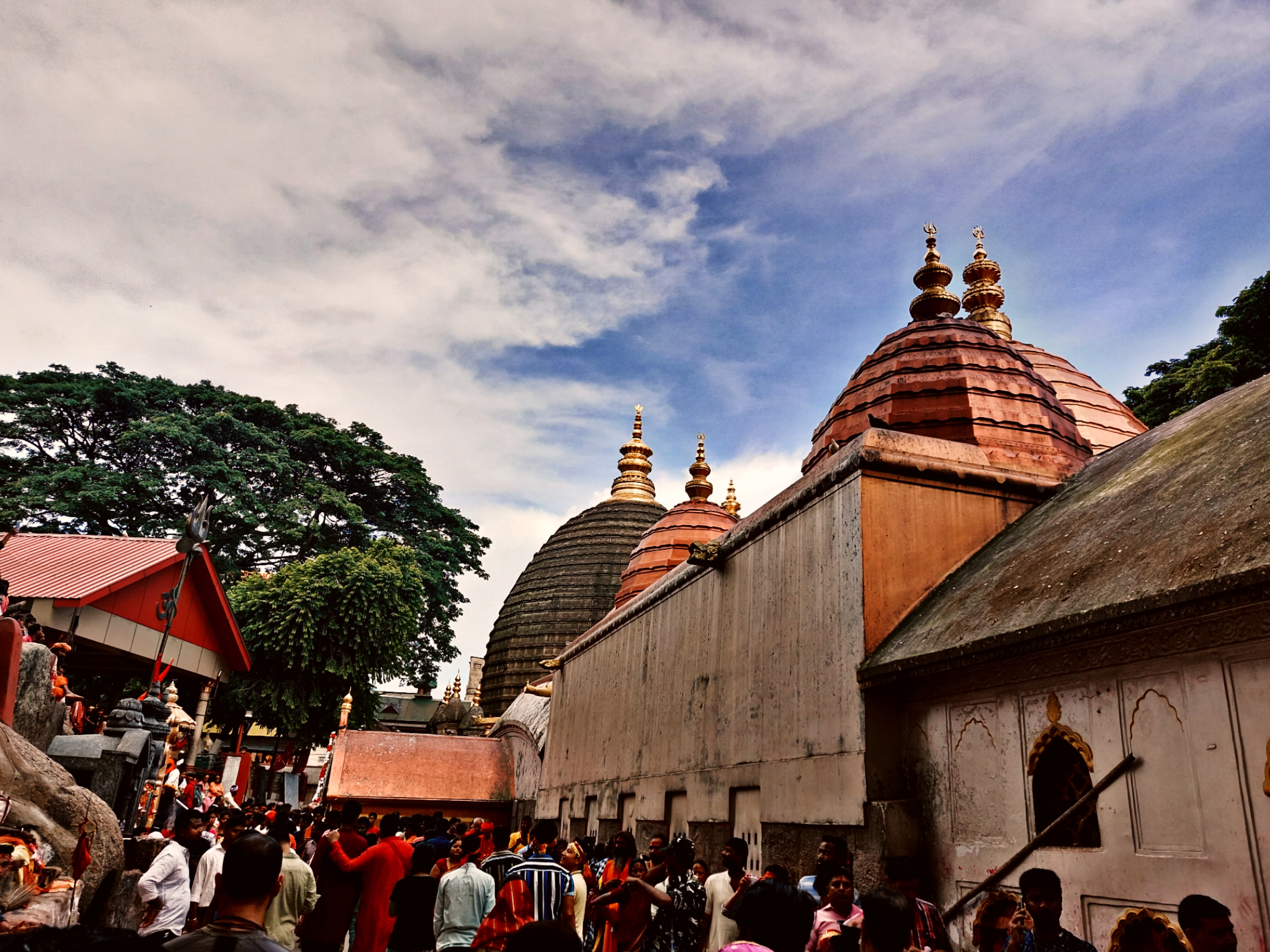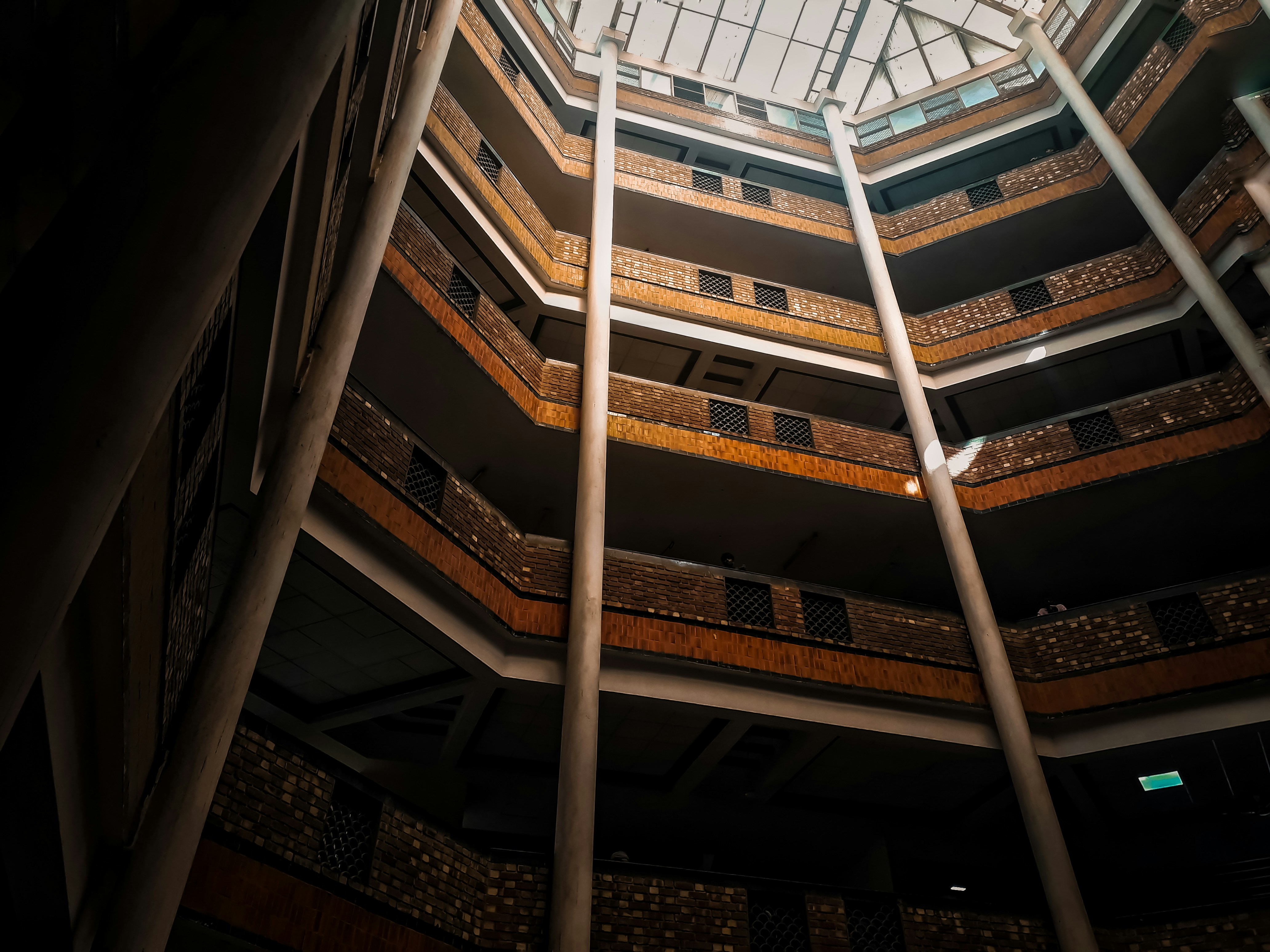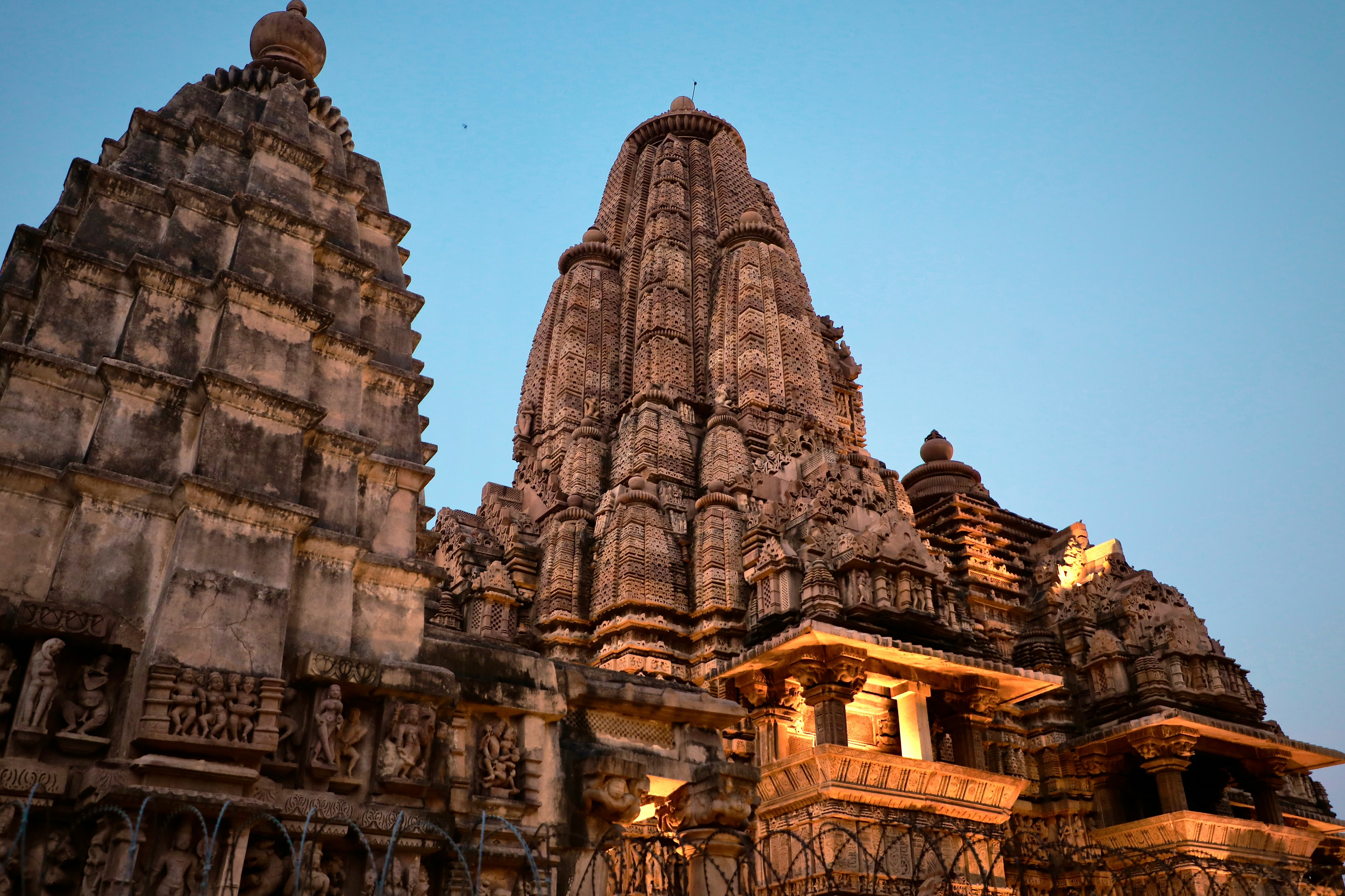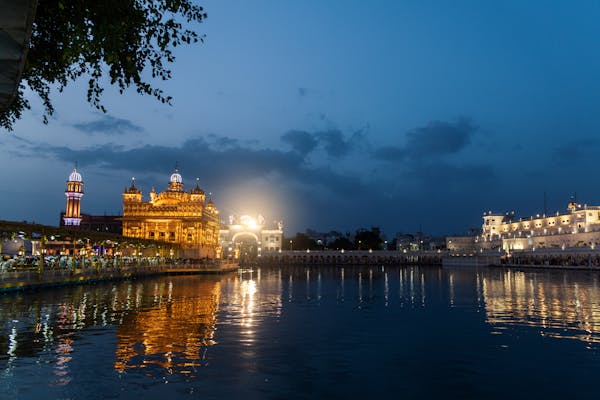The Kamakhya Temple is one of the most famous sites dedicated to the worship of the divine feminine in India. It carries a rich history and is one of the oldest Shakti Peeths in the country. A striking aspect of the site is that it celebrates female fertility manifested in the form of Goddess Kamakhya. Let’s understand its myth, history, and spiritual significance.
Description of the Kamakhya Temple
The temple complex is situated in the Nilachal Hills of Guwahati in Assam. It boasts of a main five-chambered temple dedicated to Goddess Kamakhya, the primary Tantric deity, as well as other smaller shrines dedicated to the ten Mahavidyas (Tantric Goddesses) in Shaktism. These are Kali, Tara, Tripura Sundari, Bhuvaneshvari, Bhairavi, Chhinnamasta, Dhumavati, Bagalamukhi, Matangi, and Kamalatmika. Some have their own temples, while others share the main temple dedicated to Goddess Kamakhya.
In addition to these, there are five Shiva temples in the complex as well, mainly dedicated to Kameswara, Siddheswara, Kedareswara, Amratokeswara, and Aghora.
The History of the Kamakhya Temple
Its history dates back to the 8th - 9th century and links it to the Mlechchha dynasty. Since then, the Kamakhya Temple has undergone several renovations and has been controlled by the powerful Koch and Ahom dynasties. In ancient times, it also served as an important site for sacrificial rituals for the Khasi and Garo tribes. The temple’s current form has given rise to a hybrid indigenous architecture style called the Nilachal style. It is characterized by a base temple structure with a hemispherical dome, atop a cruciform base.
Sati’s Legend and Kamakhya’s Formation
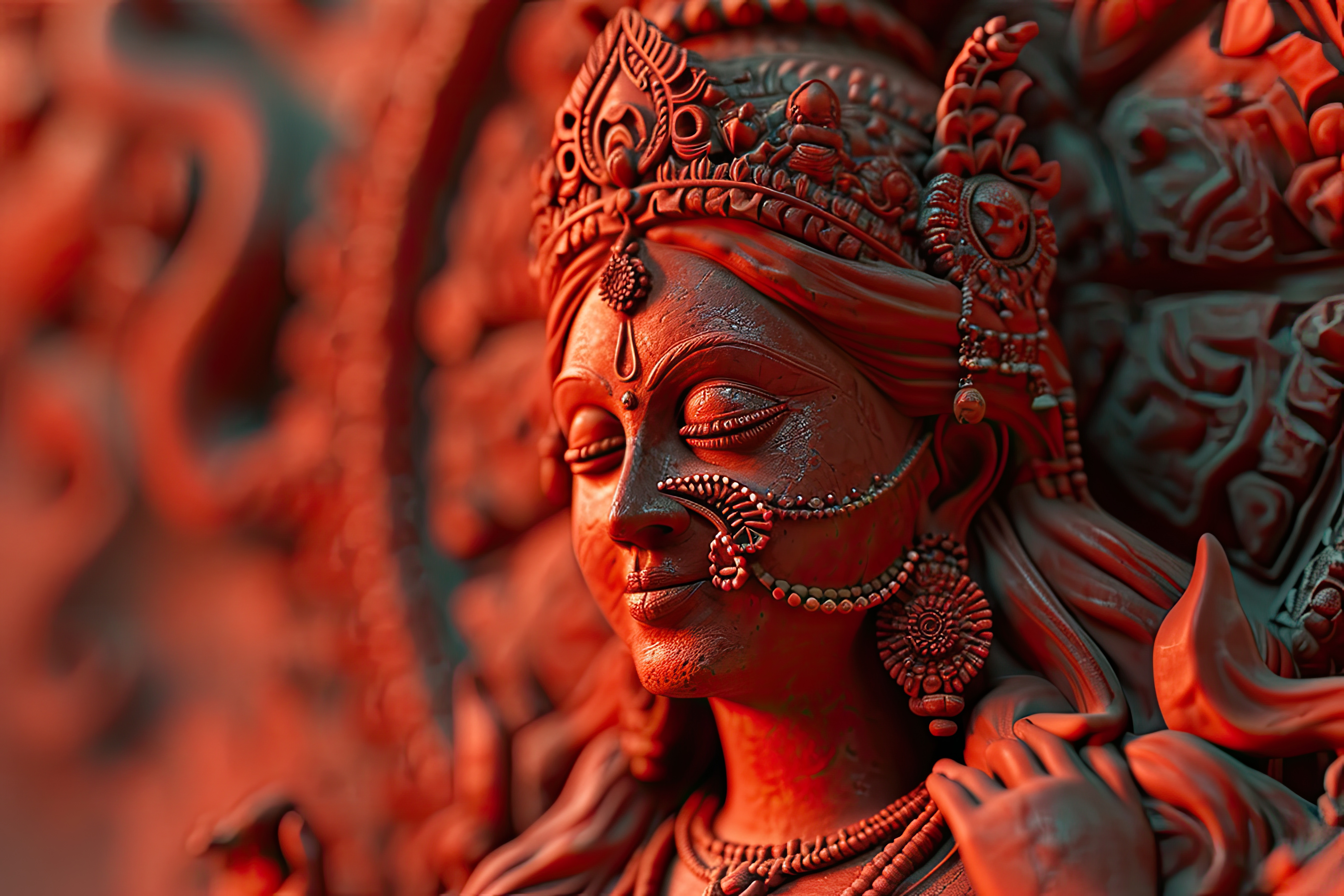
The formation of the Kamakhya Shakti Peeth is closely linked to the legend of Goddess Sati. It is said that King Daksha, Sati’s father, disapproved of Sati and Shiva’s union and didn’t invite them for his yajna (sacrificial fire). Sati insisted that they attend, only for Daksha to insult Shiva. She was unable to bear Shiva’s insult and self-immolated into the yajna.
Her act of self-sacrifice led to Shiva roaming across the cosmos holding her corpse. He started performing the Tandava in rage, the cosmic dance of destruction. Fearful that Shiva would destroy the world, Lord Vishnu tried to pacify him and later used his divine Sudarshana Chakra, to cut Sati’s corpse into pieces. These body parts fell on Earth across different places and then became sanctified as the divine Shakti Peeths.
It is said that the temple’s location is where Goddess Sati’s yoni (female genitalia) fell. The residing Kamakhya deity is thus worshiped as one of the most powerful Shakti Peeths in India.
Other Myths and Legends Associated with the Deity
Apart from the legend of Sati, there are different stories passed down through generations that shape the myth of the Kamakhya Temple. One such tale says that Goddess Kamakhya defeated the demon Narakasura on the Nilachal Hills and freed the region from his rule. Another local legend spins the narrative of Narakasura and says that he built the temple to seek redemption for his sins. The site is then believed to be a powerful spiritual center for the purification of one’s sins.
Ambubachi and the Worship of Female Fertility
The most intriguing aspect of this holy site is that it celebrates the female menstrual cycle. During the Ambubachi Mela, an annual festival, the temple is shut for a specific period for the deity’s menstruation. She does not have a dedicated idol but is worshiped in the form of a rock fissure shaped like a yoni (female genitalia). This signifies how Hinduism emphasizes celebrating female fertility, particularly menstruation, which is often looked down upon in many cultures.
The Ambubachi Mela is one of the biggest congregations in India. From the seventh to the tenth day of the Hindu month of Asadha, the temple doors are shut to allow the deity to rest. During these four days, all agricultural work and daily worship are halted. On the fourth day of this period, Ambubachi ends and household items like utensils and clothes are washed clean. Even the deity undergoes purification, after which worship is resumed. On the twelfth day of Asadha, the doors are opened again and a grand celebration is held.
Significance of the Kamakhya Temple
The temple deity holds importance in many Tantric as well as traditional Hindu rituals. The myth of the deity undergoing her periods during the Ambubachi isn’t just folklore - it signifies the beginning of a new cycle of change. This is because it coincides with the arrival of rain, a sign of fertility and purification. The ceremonial celebration underlines how Hindu traditions equate the power of feminine energy with creation and change.
Summing Up
The Kamakhya Temple is deeply rooted in culture, traditions, and intriguing folklore. Thousands of devotees visit this Shakti Peeth daily to seek enlightenment and spiritual consciousness. It is one of the most supreme seats of the divine feminine energy. If you too wish to visit the historic temple, contact us at Svagata without any hesitation!
FAQs
What Is So Special About Kamakhya Temple?
The Kamakhya Temple is where both traditional Hindu and Tantric rituals are carried out, which are often quite contrasting. Moreover, the temple is one of the few holy sites celebrating female menstruation - an often taboo topic in the context of religion. These pointers make the temple special.
Who Is Not Allowed In Kamakhya Temple?
Each year during the Ambubachi Mela, the temple remains closed for four days. During this period, men are barred from entering the Kamakhya Temple’s premises.
Can Couples Visit Kamakhya Temple?
Yes. Anyone can visit the Kamakhya Temple, regardless of their age, religion, caste, gender, or marital status. Couples often visit this holy site to seek blessings from the deity for a prosperous married life.
